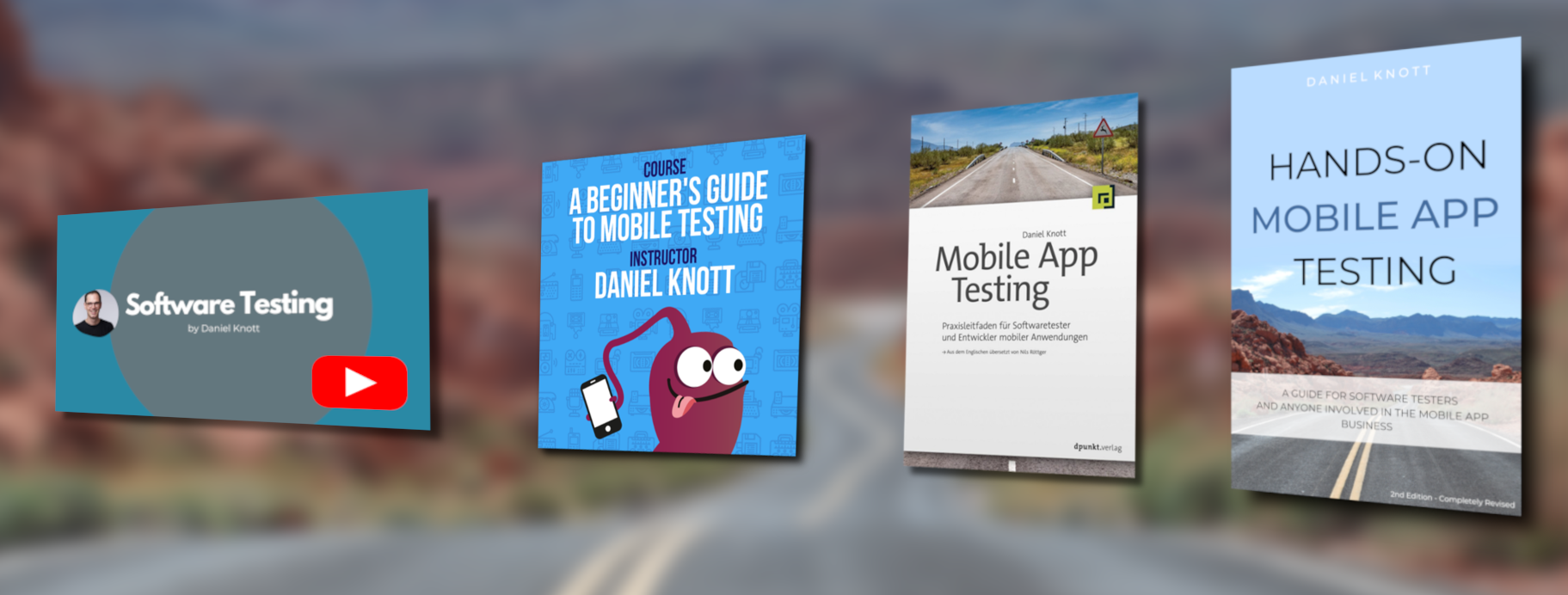This article was published in the Testing Circus Edition 5 – Volume 6 from May 2015. Today I want to share this article with you on my blog, to give you some insights on how I wrote my book “Hands-On Mobile App Testing”.
It all started in 2010 when I had the opportunity to work on my first mobile project. The mobile team I worked in was responsible for developing a mobile web app, a native Android app and a native iOS app. This was the company’s first mobile project and a completely new testing environment for the quality assurance department. Together with a colleague, I had the chance to build up a mobile testing strategy from scratch. We evaluated several test automation tools to see which one fits best in our software development lifecycle. At that time, mobile testing tools were few and far between, and at a very early development stage. We then tried several testing approaches and tools. Of course we failed with some of them, but in the end the whole team, the company and our customers were happy.
Another reason why I wrote this book was because of my blog http://www.adventuresinqa.com. I started blogging in 2011 after giving a presentation at the Agile Testing Days in Potsdam, Germany. This was my first talk at a major testing conference and I was the only speaker on the agenda who spoke about mobile testing. After my presentation I was very busy for the rest of the conference as a lot of people approached me to ask about mobile testing, the approaches I use, what kind of tools I use and so forth. The huge interest and the lack of knowledge in mobile testing convinced me to start writing a blog. The goal was to share my knowledge of mobile testing and to exchange views and ideas with other mobile testers, while also improving my written English skills. So far I’ve written about 90 posts covering mobile apps and testing, and I never expected so many people from around the world to take an interest in my blog. The feedback I got so far has been great and it convinced me to take the next step.
Read more





